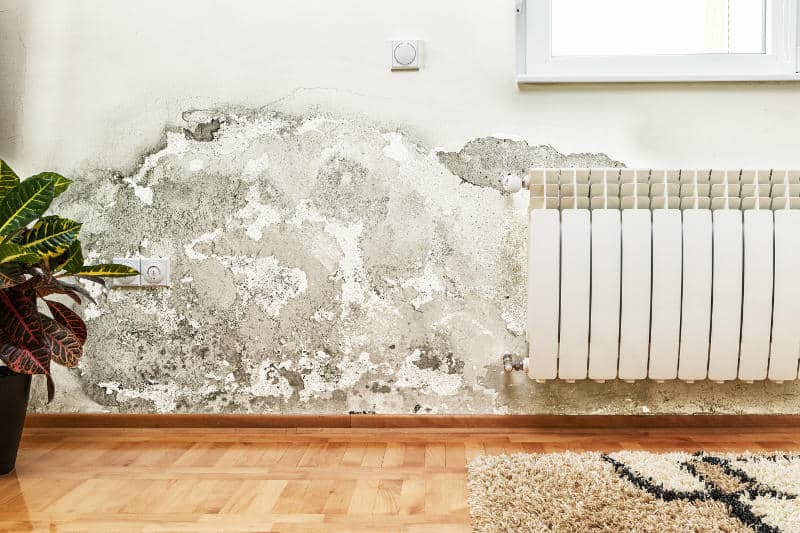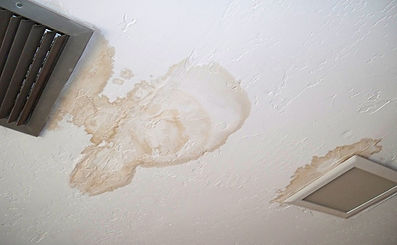How to Detect and Address Water Stains Satisfactorily
How to Detect and Address Water Stains Satisfactorily
Blog Article
We have noticed this great article about How to Remove Water Stains from Walls and Ceilings down the page on the internet and accepted it made perfect sense to discuss it with you on this page.

Water spots on walls are not pleasurable to the eyes. Often it seems virtually inescapable to experience water spots on wall surfaces in houses.
Property owners living in moist areas regularly deal with the concern of water stains on walls. With all-around and exact details on the reasons of water stains and also punctual fixing processes, you will certainly constantly be an action in advance of such incidents.
3 Common Sources Of Water Stains on Wall Surfaces
As opposed to popular belief, water stains on walls do not always originate from inadequate building products. There are numerous reasons for water spots on wall surfaces. These include:
Wet
When hot damp air meets dry cold air, it causes water beads to form on the walls of buildings. This occurs in kitchens and bathrooms when there is steam from food preparation or showers. The water beads can discolor the bordering walls in these parts of your home as well as spread to various other areas.
Moist or condensation influences the roof and walls of structures. When the wall surface is wet, it creates an appropriate setting for the growth of fungis and microorganisms.
Poor Drain
This will certainly protect against water from permeating right into the wall surfaces. This links to excessive wetness that you discover on the walls of your structure.
The leading cause of wet walls, in this situation, can be a bad drain system. It can likewise result from poor management of sewer pipes that run through the building.
Pipe Leaks
A lot of houses have a network of water pipelines within the walls. It constantly enhances the practicality of such pipes, as there is little oxygen within the wall surfaces.
A downside to this is that water leakage affects the wall surfaces of the structure and also triggers widespread damages. A dead giveaway of faulty pipelines is the appearance of a water stain on the wall surface.
Pro Tip
A houseplant in your home also boosts its humidity. So, if your house is already moist, you might wish to present houseplants with minimal transpiration. An instance of suitable houseplants is succulents.
Water Stains on Wall Surface: Repair Tips
Property owners would typically want a quick fix when managing water spots. They would quickly recognize this is disadvantageous as the water discolorations recur. Here are a couple of handy ideas that will guide you in the repair service of water stains on wall surfaces:
Verdict
No one wants to have water stains on wall surfaces in their home, it can happen to the ideal of us. This post gives you utilize, as you currently recognize how to manage this incident if it does happen.
It is always best to recruit expert services to aid deal with the damages in your home.
Often it appears nearly unavoidable to experience water stains on wall surfaces in houses.
In contrast to prominent idea, water stains on walls do not constantly stem from bad building products. There are numerous reasons of water stains on walls. The water droplets can tarnish the surrounding walls in these components of your house and also spread to other areas.
Here are a few handy tips that will certainly guide you in the repair of water discolorations on wall surfaces:
CHECKING FOR WATER DAMAGE
Water damage can be costly, and it may begin before you even notice the first signs of trouble. Water damage can cause mold and mildew in your walls and floors, which can create an abundance of health concerns for your family. It can also lead to costly repairs of various appliances and general home fixtures. To avoid the pricey consequences of water damage, here are Warner Service’s top 5 places you should check:
The walls – The easiest place to spot the beginnings of water damage is on the walls and ceilings of your home. If water damage is present, there will most likely be water stains, especially around the windows and doorframes, and/or cracks in the drywall. If a stain looks unusual (discolored to brown, black or gray, raised texture), has a swollen appearance or is soft to the touch, contact a professional immediately. The pipes – To avoid water damage, consistently check the pipes in your kitchen (especially the dishwasher and ice maker), bathrooms, laundry room (specifically washing machines) and basement for corrosion, leaks and water stains. Pay special attention to where the pipes connect in your home and the location of caulking around the bathroom fixtures, including toilets, sinks, showers and tubs. Missing or loose caulking and grout could be signs of leaking water. This seepage can also quickly cause mold and rust, so double check your water heater and tank for wet spots on the floor. The floor – Water damage is very easy to spot on the floor. Look for any warping or buckling of the material, especially in the basement. If your home has wood flooring, look for bright white or dark stains. If your home has carpeting, keep it dry and clean. A damp carpet that smells of mold could cause water damage and health problems. To avoid this, consider installing floor pans under your appliances to help prevent damages from small, slow and undetected leaks. The basement and attic – If your basement or attic smells odd check for mold and mildew around the area, especially the valley where the roof meets. While you are inspecting those areas, check for wall cracks, floor stains, rust and dampness in the insulation. If you live in a colder and/or rainier climate, perform routine checks for water damage from melting snow or ice and rain. The exterior – Check the roof for damaged flashing and missing, cracked or curled shingles. There should also be no standing water anywhere outside your home. This could be caused by puddles, leaky rain gutters or hoses, poor drainage, or short gutter spouts. Invest in a sump pump system or water flow monitoring system, and perform routine maintenance on these outdoor appliances to avoid indoor water damage.

Hopefully you liked our excerpt about Water Stains on Walls. Many thanks for taking time to read our posting. Remember to take the time to distribute this blog post if you enjoyed it. Thank-you for going through it.
Book Today Report this page